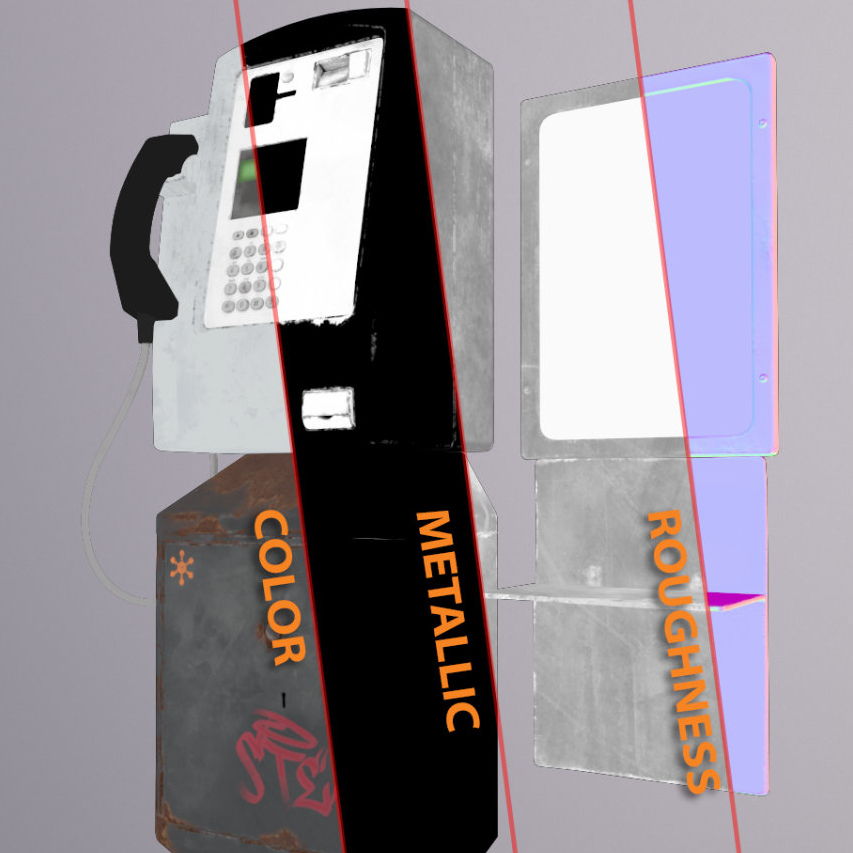Physically based rendering, also known as PBR, is a rendering technique that simulates the interaction of light with materials in a physically accurate manner. It creates more realistic and believable graphics by considering the physical properties of materials, such as their reflectivity, roughness, and transparency. Due to the immersive and visually stunning 3D environments that PBR can provide, adoption of …
TurboTips: Scene Optimizations & Best Practices, Part 4
It is very easy to zone out and work away without thinking about your scene, naming, or organization. Before you know it, you have a few dozen cloned objects named Box#### or a Material Editor full of textures named # – Default, and if you take a break, you may not always remember what’s what, or what’s applied to where. …
TurboTips: Scene Optimizations & Best Practices, Part 3
For viewport navigation, grouping and selection sets are the way to go. Both can be as big or small as you want. Like layers, groups are retained when merging scenes, while selections are saved per scene. This is the third part of our four-part series on Scene Optimizations and Best Practices. For our purposes, we are demonstrating below with screen shots …
TurboTips: Scene Optimizations & Best Practices, Part 2
Navigation using the layer editor is something every artist should do, or at least know how to do; it’s a powerful tool when it comes to organizing a scene. The layer editor makes it quick to select objects and groups, and offers a variety of other controls. Layers are retained when importing or merging scenes together, so its important to …
TurboTips: Scene Optimizations & Best Practices, Part 1
Keeping your scene clean and organized is important while making any 3D model. A well constructed scene will make modelling and editing your own model easier, and it may encourage customers to buy your product. The examples below are from 3ds Max, but these concepts can apply to any 3D package. 1. Organize Objects If a 3D scene is …

